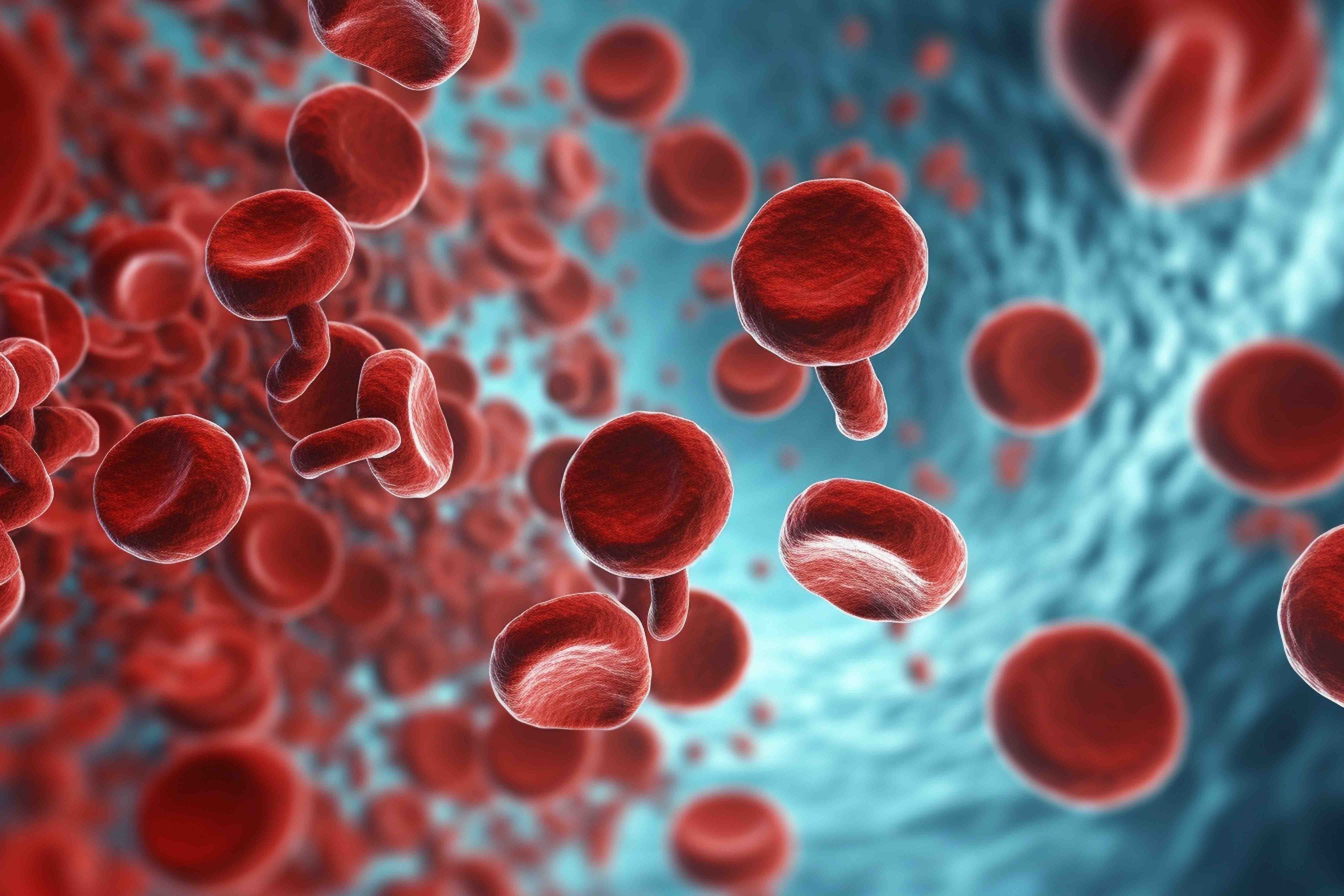- Center on Health Equity & Access
- Clinical
- Health Care Cost
- Health Care Delivery
- Insurance
- Policy
- Technology
- Value-Based Care
Health Care Resource Use, Cost Burden Appear Substantial in R/R B-Cell ALL
Treatment with blinatumomab or inotuzumab ozogamicin particularly confers higher total costs for patients with relapsed/refractory B-cell acute lymphoblastic leukemia.
This article was originally published on CancerNetwork®.
Standard-of-care therapy for patients with relapsed/refractory B-cell acute lymphoblastic leukemia (ALL) correlated with considerable health resource utilization (HRU) and economic burden with each line of treatment, according to findings from a retrospective claims analysis published in Clinical Therapeutics.
Investigators reported a mean total treatment cost of $513,279 for second-line therapy, $340,419 for third-line therapy, and $390,327 for treatment in the fourth line and beyond. The hospitalization rate for each respective treatment setting was 87.7%, 72.6%, and 73.3%. The mean length of hospital stay in each treatment setting was 8.6 days, 10.6 days, and 11.6 days.
Blood cells flowing | Image credit: Катерина Євтехова - stock.adobe.com

The mean total costs related to adverse effects (AEs) were $358,676 in the second line, $202,621 in the third line, and $210,539 in the fourth line and beyond. The hospitalization due to AEs rate was 86.2%, 69.0%, and 70.0% for each respective line of therapy. Additionally, the mean length of stay due to AEs was 8.5 days, 11.0 days, and 12.0 days in each respective setting.
The mean all-cause costs for patients who received blinatumomab or inotuzumab were $566,373 in the second line, $498,070 in the third line, and $512,908 in the fourth line and beyond. The hospitalization rates across each respective treatment setting were 98.0%, 85.0%, and 75.0%. The mean length of stay for those with a hospital visit was 8.7 days, 11.3 days, and 24.7 days, respectively.
Overall, the mean costs for patients who did not receive blinatumomab or inotuzumab were $496,386, $254,035, and $371,469 for second-line, third-line, and fourth-line and beyond treatment, respectively. The hospitalization rate in each respective setting was 84.4%, 65.8%, and 73.1%.
“Those treated with blinatumomab or inotuzumab within each [line of treatment] incurred higher total costs compared with the overall [relapsed/refractory B-cell] ALL cohort as well as those who did not receive blinatumomab or inotuzumab within each [line of therapy],” the study authors wrote. “Although a number of patients likely derived clinical benefit from these therapies, more effective treatments that can achieve deep and durable remissions may reduce the overall [relapsed/refractory B-cell] ALL HRU and cost burden while simultaneously offering greater clinical benefit.”
Investigators of this analysis used the MarketScan database from January 2016 to December 2020 to assess patients who had at least 1 claim for first-line treatment, at least 1 ALL diagnosis before the index date, and 6-month continuous enrollment prior to the index date. Eligible patients were also at least 18 years old at time of initiating second-line therapy, had no enrollment on a clinical trial, no other diagnosis of non-Hodgkin lymphoma, and no claim for treatment with daratumumab (Darzalex) or nelarabine during the study period.
Outcomes of the study included lines of therapy received, claim-based TTNT, all-cause and AE-related HRU, and costs. When assessing HRU, investigators considered hospitalizations, total length of hospital stay, emergency department visits, visits to a physician office, and other outpatient visits.
With a median follow-up of 444.0 days (range, 1-1509), the analysis included a total of 203 patients who all received second-line therapy. The median patient age was 41 years (range, 18-79). Most patients were male (60.1%) and had commercial health insurance (91.1%). Additionally, the median patient Charlson Comorbidity Index score was 3 (range, 2-14), and the median Health Care Cost and Utilization Project (H-CUP) Chronic Conditions Indicator score was 17 (range, 3-50).
The median time to next treatment (TTNT) was 170 days (range, 1-1382) for second-line therapy and 169 days (range, 11-1326) for third-line treatment. Additionally, patients receiving treatment in the fourth line and beyond had a median TTNT of 205 days (range, 26-1175). Among patients who received blinatumomab (Blincyto) or inotuzumab ozogamicin (Besponsa), the median TTNT was 30 days (range, 30-233) in the second line, 69 days (range, 30-296) in the third line, and 120 days (range, 80-157) in the fourth line and beyond.
Reference
Ito D, Feng C, Fu C, et al. Health care resource utilization and total costs of care for adult patients with relapsed or refractory acute lymphoblastic leukemia in the United States: a retrospective claims analysis. Clin Ther. 2023;17:S0149-2918(23)00428-9. doi:10.1016/j.clinthera.2023.10.020.
